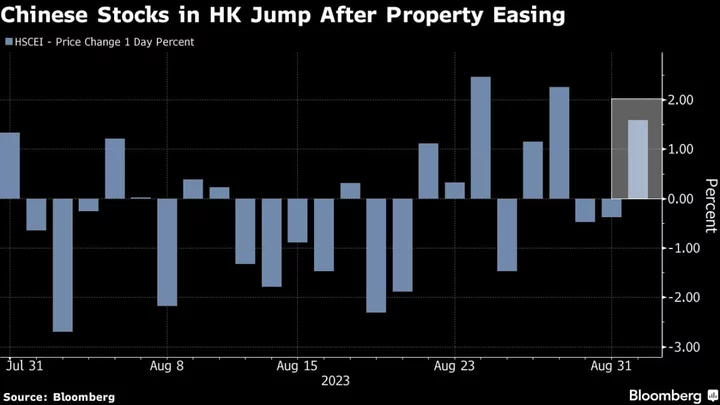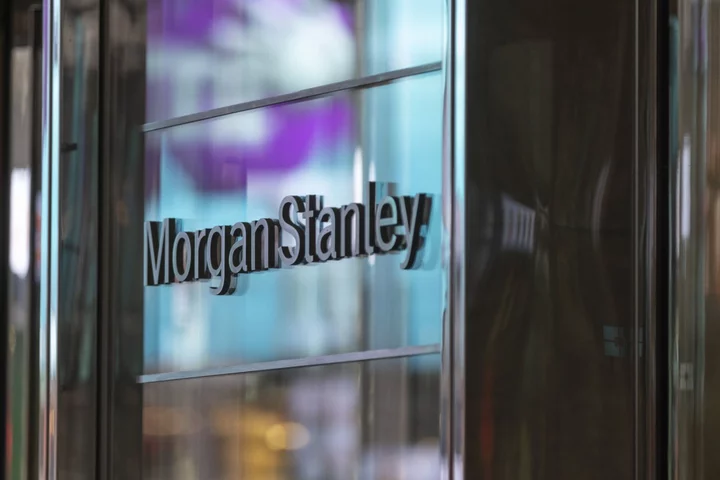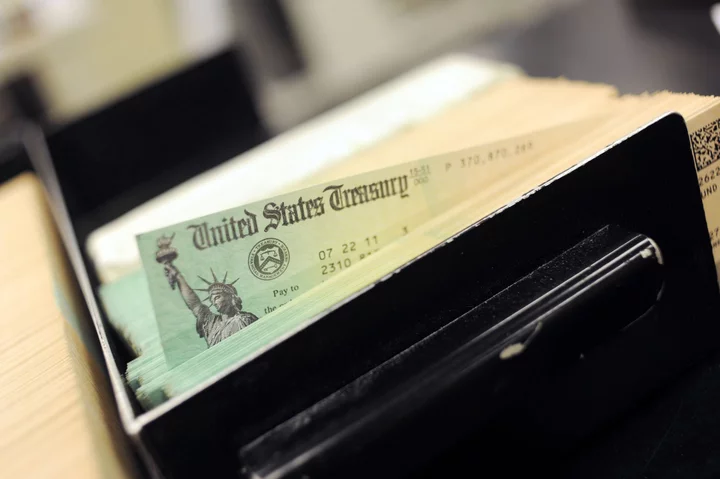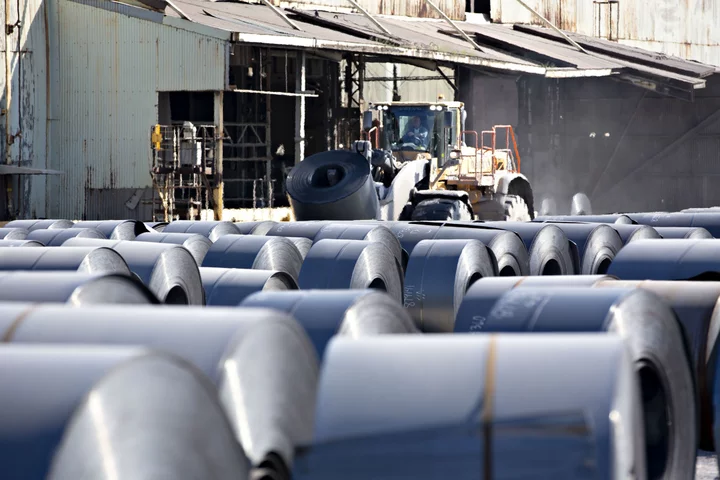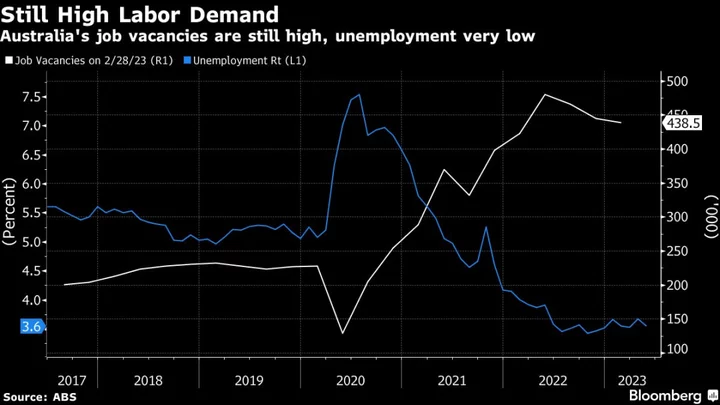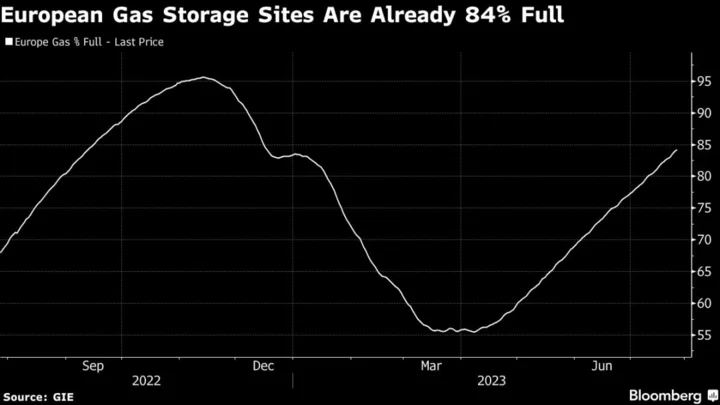Germany exited its winter recession in the second quarter but output only stagnated, with questions about the fundamental health of Europe’s largest economy remaining.
Gross domestic product was unchanged from the previous three months, falling short of the 0.1% growth estimated by economists. Revised figures for the prior quarters revealed the slump was shallower than initially thought, however.
Between April and June, private consumption helped to stabilize the economy, the statistics office said. It will publish a more detailed breakdown on Aug. 25.
While Friday’s report offers only meager signs of resilience in Germany, numbers earlier from France and Spain painted a more optimistic picture — easing concerns that the euro zone may be headed for its own downturn.
Germany has already suffered a yearlong slump in manufacturing and its outlook for the coming months is bleak. Survey indicators signal rapidly weakening demand — including in the services sector that’s so far held up.
BASF SE said Friday it expects a tentative recovery in chemical output in the second half, easing a slump in one of the country’s biggest industries. But the company cut its expectations for 2023 earlier this month, blaming subdued global industrial output and slow demand for consumer products.
Separately, specialty chemicals maker Clariant AG said it expected no substantial economic rebound during the second half, further tempering its outlook.
The Bundesbank said in its latest assessment that Germany’s recovery through year-end could be “somewhat more hesitant” than expected in June due to weak foreign demand and higher financing costs as euro-zone interest rates are lifted. At the time, the institution forecast a 0.3% contraction for 2023.
Projections published by the International Monetary Fund this week showed Germany will be the only Group of Seven nation to record shrinking output this year as it struggles with the lingering impact of the energy crisis.
Elsewhere in Europe, France reported second-quarter growth of 0.5% that was far ahead of estimates in a Bloomberg survey. While expansion slowed in Spain, it remained at a healthy 0.4% — in line with expectations.
Inflation in France eased to 5% in July, separate data showed. Though faster than anticipated, Spanish consumer prices are rising at a pace that’s near the European Central Bank’s 2% target.
Germany’s inflation reading for this month is due at 2 p.m. Analysts estimate a slowdown to an annual clip of 6.6%.
--With assistance from Angela Cullen, Joel Rinneby, Mark Evans, Zoe Schneeweiss and Sonja Wind.
(Updates with details in third paragraph.)


